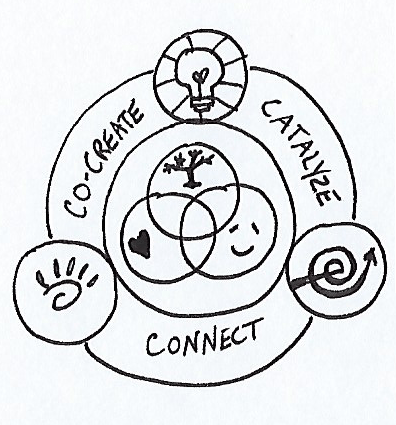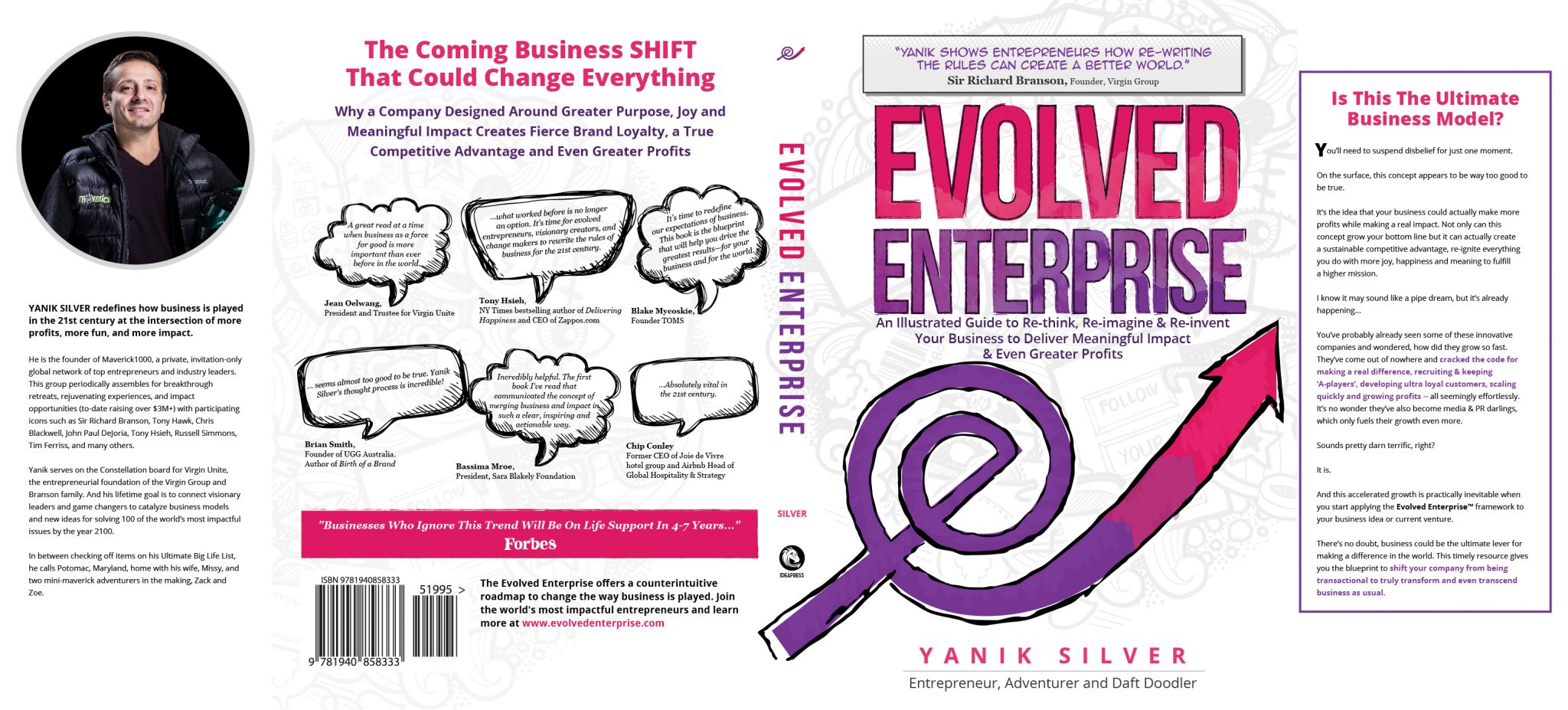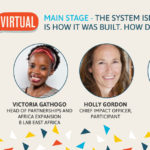There’s a startling statistic from Gallup that 70 percent of the workforce is not actively engaged in their work. Think about this for a moment. You’ve no doubt seen this — or maybe even experienced it yourself, when you just “phone it in.” But imagine how much more a company of actively engaged workers could accomplish. The company that can truly win the hearts and souls of its team excels. And the first step to winning those hearts and minds is creating an engaging vision for your business.
PROVIDING THE VISION
Your team wants something bigger that they’re working for, too. Creating a compelling and inspiring vision and mission is the key to making sure you get where you want to go and that your team is behind you. This is also how you know what to say yes to and, more importantly, what to say no to.
Quite frankly, when I first got started in business, I thought visions and mission statements were pretty much total BS — just stuff that looked really good in a frame next to a bathroom.
But two people have since greatly influenced me in this regard. The first is my friend Cameron Herold, author of “Double Double.” Cameron is the former COO of 1-800-Got-Junk, a company he helped grow from $2 million to $105 million in revenue in six years with no debt or outside shareholders — an awesome achievement by any standard.
One of the “secrets” to his success is having put together a Vivid Vision, a document that gives a specific description of what he envisions the company looking like and acting like at a certain time in the future. You can get more details on his process at cameronherold.com/vivid-vision.
My other significant mentor in this area is Ari Weinzweig, co-founder of Zingerman’s Community of Businesses, a family of small food-related companies and entrepreneurial ventures in Ann Arbor, MI. Ari is loath to cite one secret of their success (and truthfully, there is never just one factor), but getting good at visioning is something they do everywhere in the organization, so there’s got to be something to that.
“One of the biggest contributors to the level of creativity in our organization is the regularity with which we teach, use, and stick to the visioning process,” he says. “We start pretty much every planning effort with a draft of a positive vision of the future. And we do it at every level of the organization. Whether we’re working on visions for a business five years out, a project that will be done in five months, or a dinner special that will be on the menu at 5:00 tonight, we’re pretty consistently ‘beginning with the end in mind.’”
In fact, it has been demonstrated that when people use visioning instead of simply problem solving, energy levels increase, innovative ideas flow, and people are excited and eager about the future. What’s more, visioning also gets you clear on what you do not want to do in your business so that you can easily turn away seemingly golden — but distracting — opportunities that come your way. (This is why Ari and his partner said no to creating franchises or setting up other locations outside Ann Arbor.)
At my current company, we show our Evolved EcoVerse Vision to everyone: current and prospective team members, partners, vendors, customers/members, etc. I want everyone enrolled in and excited about where we are going.
HOW DO YOU CREATE THAT COMPELLING VISION?
My process starts in my journal, where I dig deep into what really makes my heart sing and how I want to wake up excited to jump into the day. Ari recommends always starting by writing down all of your “prouds” — those things that you’re most proud of in your business and your related accomplishments and wins. This sets a positive energy to start the process. I’d strongly suggest getting out of your office. I find water has an amazing creative effect on me, so if I can go to the beach or our local river, I’m often able to get some powerful pieces.
Don’t edit or second-guess yourself because you think something isn’t possible. Your vision allows you to dream and not get hung up on where your business is today but where you are going in the three- to five-year timeframe you set. Cameron recommends three years, and I would mostly agree. However, for our most recent vision we went out to 2020, or four years, because it is such a perfect date for a vision, right?
WHAT SHOULD YOU INCLUDE?
• Your cause, mission, and deepest reason why.
• Your impact scoreboard and measurements. How do you create impact goals that have byproducts that force more profitability and success? For instance, when TOMS measures how many shoes they’ve given away in their buy one, give one model, the byproduct is profitable selling of those shoes.
• Who you are serving and how? That’s your community and what makes you special and alluring.
• Your team’s core values and how you help them fully engage.
Your role is not to worry about the “how” of bringing the vision into being at this point either; your job is to simply create the very specific “what” this would look and feel like if you were setting foot into your ideal company.
WHAT ELSE MIGHT YOU INCLUDE?
• Your company size and scope. Are you a billion-dollar company or a multi-million-dollar company? How many team members are there? Are they in-person or virtual? What does the office consist of?
• What does the brand feel like?
• Who are your advisors? What are your partnerships? Which media outlets feature you?
I’ve been re-reading our 2009 and 2012 visions as I write this, and it’s pretty amazing to see how much we did accomplish from each. Not everything, for sure — but more often than not, what we included in the vision has started showing up as real. And the essence of what I’ve really wanted is always there.
One smart tip from Ari is to write “Draft” at the top of your vision so that it doesn’t hold so much sway over you. Then circulate early drafts to people you trust to provide positive and constructive input. I also really like a graphic look for my visions, so I add my own doodles and have an artist on our team punch up some of the pieces. Do whatever makes you most excited about seeing this vision come to life.

MAKING IT FINAL
It’s in the editing process that the magic truly happens; you start simplifying and cutting down to what’s most important. I might edit my document a dozen times or more. Each time, I’m looking to ensure it is clear and concise but also compelling. I want to make sure it’s truly special and unique to us, and that it gets me super excited.
Last, once you have your final vision, don’t edit it before the date you’ve set. I admit I am often tempted to tinker with it, but I leave it alone since it’s more of a guidepost than anything else. I have included a sentence in our visions that helps me feel better about the notion that something new will show up that I haven’t considered: “The Evolved EcoVerse also has the unique flexibility to shift into new opportunities and projects that may not even be seen yet if they line up against the Mission, DNA, and values.”
Make sure you use your vision everywhere; don’t just file it away. We refer to the vision when we have our quarterly strategy sessions, and I’ve even had team members read aloud from it. This powerful document is one of the most potent pieces you can add to help your organization achieve its greatest purpose and align with the key people who can drive it forward.
 Adapted from “Evolved Enterprise: An Illustrated Guide to Re-Think, Re-Imagine & Re-Invent Your Business to Deliver Meaningful Impact & Even Greater Profits” by Yanik Silver. Copyright 2017 by Yanik Silver. Adapted by permission of Ideapress Publishing. All rights reserved.
Adapted from “Evolved Enterprise: An Illustrated Guide to Re-Think, Re-Imagine & Re-Invent Your Business to Deliver Meaningful Impact & Even Greater Profits” by Yanik Silver. Copyright 2017 by Yanik Silver. Adapted by permission of Ideapress Publishing. All rights reserved.





